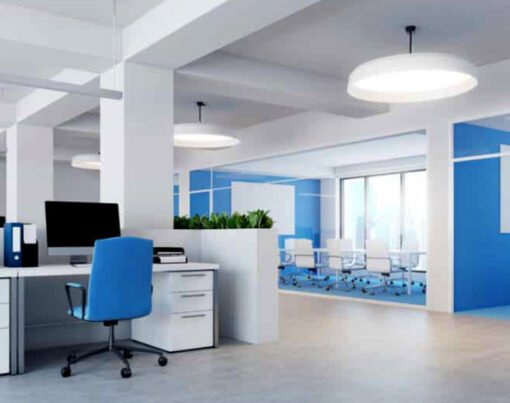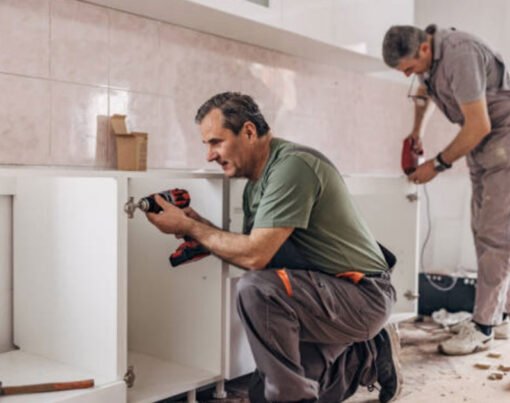One of the effective measures implemented to enhance the indoor air quality is use of Positive Input Ventilation (PIV) systems. These systems function in a manner whereby they bring in new air into the property at regular intervals making it difficult for moisture and mould and other airborne contaminants to thrive. In this article, you will learn about the following topics: What PIV systems are, How the PIV system works and its importance to homes and other businesses.
Table of Contents
What is a PIV System?
A PIV system is a complete house ventilation product that makes provision for fresh and filtered air in any property. It works by getting fresh air from outside or from the loft space and distributing it in the house in a controlled rate. New air thus substitutes foul air; wet, stale air is expelled through some airflow outlets such as windows and doors.
PIV systems are usually installed in homes with problems that lead to formation of condensation, dampness, and poor quality air. It is especially ideal for properties, most of which experience poor airing associated with old constructions, but it can be of value to contemporary constructions too.
How Does a PIV System Work?
Core function of the PIV system is based solely on the fact that has to generate the positive pressure within the building. Here’s how it functions:
Air Intake: The central PIV unit or the unit located in the loft take fresh air either from outside or the loft space. The air is then further purified to remove such particles like dust and pollen which are bad for health.
Air Distribution: This fresh air is forced into the property through the use of vents in the ceiling of the said property. Whenever fresh air is being supplied into the building through the PIV system, the stale and moist air is expelled out through the natural openings in the building including the trickle vents.
Humidity Control: Some PIV systems contain specific detectors such as humidity detectors. These sensors control the flow of air so as to avoid excessive accumulation of humidity, which causes condensation leading to mold.
Continuous Operation: It operates twenty four hours in a day at a slow rate thus circulating fresh air at all times. Some models also have boost modes of operation for increased rate of air flow during high humidity situations or during those occasions when the air quality needs to be quickly improved.
Advantages of having a PIV System
Reduces Condensation and Dampness: The main benefits of having a PIV system is that it would help in minimising the problem of condensation and dampness. PIV systems also work to keep walls and windows moisture free thus minimize the chances of mold formation since fresh, drier air is pulled into a home, while humid air is expelled out of it.
Improves Air Quality: PIV system makes sure that there is a continuous flow of fresh and clean air in rooms; thereby enhancing IAIQ. It has air filtration abilities that eliminate such particles as dust, allergens, and VOCs thus suitable for people with breathing problems or cases where an individual is allergic to dust.
Energy Efficiency: PIV systems have low energy consumption hence are cost effective. The system also has a quality of removing moisture from the air which implies that when it circulating in a room; it can save on cost of heating since damp air is more expensive to heat. Moreover, many systems of PIV incorporate low-energy fan blades that require little amounts of electrical power.
Health Benefits: PIV systems help to improve the quality of the air present inside the building by enhancing the flow of fresh and cool air and reducing the level of humidity; hence the living conditions are improve. It can also be seen that with better airflow, respiratory health is enhanced by less airborne flu and allergy causing organisms.
Low Maintenance: The PIV systems are easy to maintain since it does not need much attention once it is installed. The only maintenance that is needed is occasional cleaning or replacement of the filter to optimize this device.
Noise-Free Operation: These are normally civil systems that do not cause any noise disturbances that are associated with the use of the systems in residential or commercial buildings.
Is a PIV System Right for Your Home?
PIV system is most useful in homes that have difficulties with condensation, dampness in the areas, or low IAQ. The following are some of the characteristics of a home which may mean that a PIV system could be an acceptable solution for visible mold, High humidity, Condensation on windows.
PIV systems are versatile and can therefore be installed in different kinds of estates; old buildings, flat and even newly constructed homes. They are intended to be placed in the attic space but there are some models that are especially for houses without the attic space.
Key Considerations When Choosing a PIV System
Property Size: When selecting a PIV system you should determine whether your house is large or small in order to get a proper airflow system.
Filters: Find out if the PIV system contains filters of a very fine nature that can filter out tiny particles such as the pollen and dust to help enhance air quality.
Installation: It is recommended that only a professional do the installation to ensure maximum efficiency as well as to satisfy the ventilation requirements of the particular house.
Energy Efficiency: It is better to choose the system with energy considerations to reduce expenses on its operation.
PIV systems can be an efficient and virtually costless way in improving IAQ and preventing problems associated with condensation and humidity. Older homes as well as newly built ones can all benefit if a PIV system is installed since this would provide a positive impact towards the quality of living in the homes. PIV is effective andonly requires less energy use, and that is why having a PIV system in your home is a long term investment to better your home and your health.










